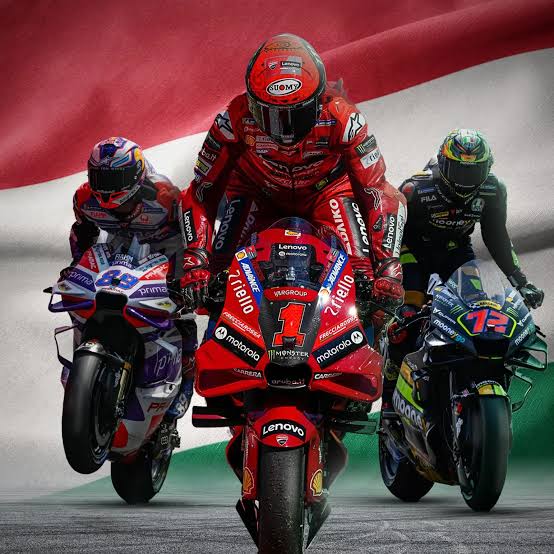
MotoGP: KTM Likely Racing In 2025, But Can It Be Competitive?…
As the 2025 season of MotoGP draws nearer, KTM appears poised to continue its presence in the world’s premier motorcycle racing championship. Having made substantial strides since its debut in 2017, the Austrian manufacturer has evolved from a relatively inexperienced team to one that regularly challenges for podiums. However, despite the progress, questions remain about whether KTM can be a true title contender in 2025 and beyond. The key to their success lies in their technical development, rider line-up, and strategy.
KTM’s Progress in MotoGP
KTM’s journey in MotoGP has been a rollercoaster, with early struggles gradually giving way to significant improvements. After their initial foray into the series in 2017, KTM faced challenges in both engine and chassis performance. The bike was often seen as less competitive compared to the dominant Japanese and Italian manufacturers like Yamaha, Honda, and Ducati. However, since 2020, the team has shown marked improvement, culminating in a breakthrough win at the 2020 Czech Grand Prix, where Brad Binder scored an unexpected victory.
The Austrian squad has since built a reputation for its solid consistency, frequently finishing within the top 10 and even challenging for podiums. The development of their RC16 bike has been impressive, particularly with the introduction of updated engines, revised aerodynamics, and a more refined chassis. KTM’s technical department has also grown, with key hires, including renowned engineers and ex-riders, contributing to the team’s evolution.
The Rider Line-Up
A critical element of KTM’s future success is its rider line-up. The team has invested in talented riders who have both the experience and potential to take the team to the next level. Currently, KTM boasts riders like Brad Binder, one of the most exciting talents in the paddock, and Jack Miller, a former factory Ducati rider. Binder has shown immense promise with multiple podiums and even a win in 2021. However, for KTM to be competitive in 2025, they will need to ensure that their riders can consistently challenge the likes of Francesco Bagnaia, Fabio Quartararo, and Enea Bastianini, all of whom are currently dominating the grid.
KTM’s ability to adapt to different rider styles will also be essential. The RC16, while a solid package, has sometimes been criticized for its limited flexibility in catering to different riding techniques. As the team moves towards 2025, they will need to ensure that their bike remains versatile enough to meet the demands of diverse rider preferences.

The Technical Challenge
One of the biggest hurdles KTM faces is overcoming the performance gap between them and the top manufacturers. Ducati, in particular, has established itself as the dominant force in MotoGP with its powerful Desmosedici, which has been consistently fast in both qualifying and race conditions. To close this gap, KTM will need to make significant progress in areas like engine performance, electronics, and aerodynamics.
In 2025, the technical landscape of MotoGP will likely evolve with new regulations, potentially leveling the playing field. The introduction of stricter technical restrictions, particularly in terms of engine design and fuel limits, could benefit manufacturers like KTM, who have sometimes struggled to compete with Ducati’s power output. However, this will also be a period of transition, with manufacturers scrambling to refine their bikes within the new constraints.
The Role of KTM’s Strategy
KTM’s ability to succeed in 2025 will not only depend on their technical prowess and rider talent but also on their strategic approach to racing. The team must focus on consistency, optimizing race setups, and ensuring that their riders can maximize the performance of their machines across different tracks and conditions. KTM’s decision-making regarding race strategies, tire choices, and pit stops will be just as crucial as the development of the RC16 itself.
Additionally, KTM’s investment in their Moto2 and Moto3 teams is vital for the development of future talent. Riders like Pedro Acosta, who has shown immense promise in Moto2, could potentially step up to the premier class by 2025, giving the factory team another young, talented rider to build around.
Conclusion
As KTM looks ahead to the 2025 season, there is cautious optimism about their competitiveness. While the team has made significant progress over the past few years, they will still face stiff competition from established heavyweights like Ducati, Yamaha, and Honda. KTM’s success in 2025 will hinge on their ability to close the remaining performance gap, ensure a strong rider line-up, and continue their technical development. If they can manage these elements, KTM could well be a serious contender for both race wins and the championship in the near future.
Leave a Reply